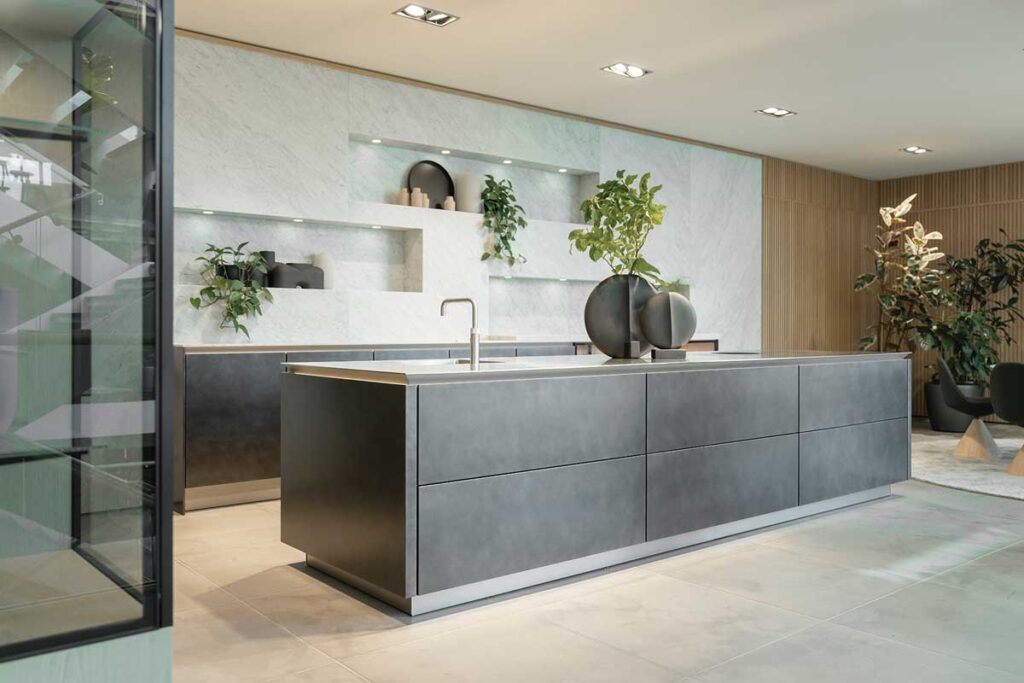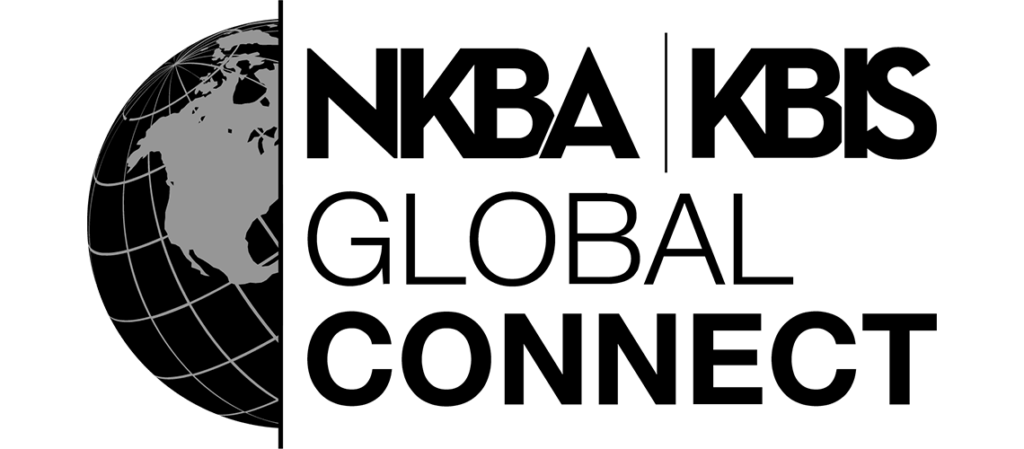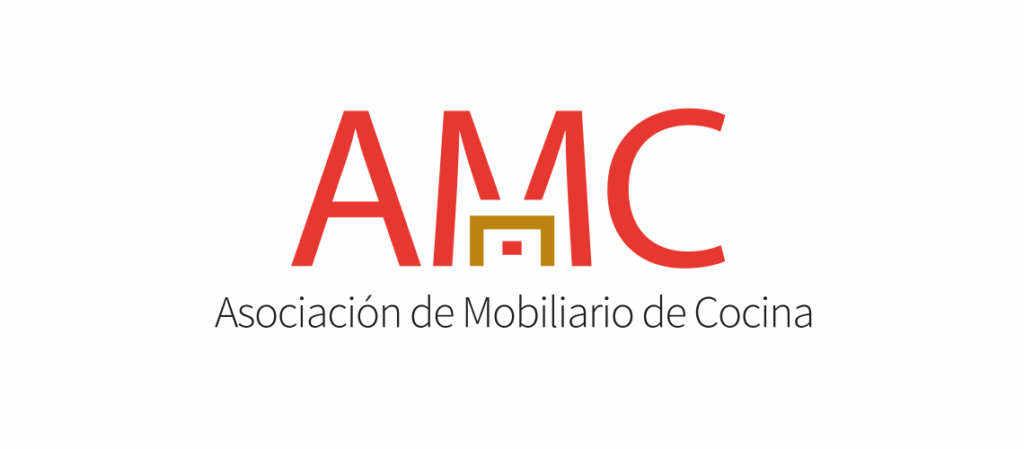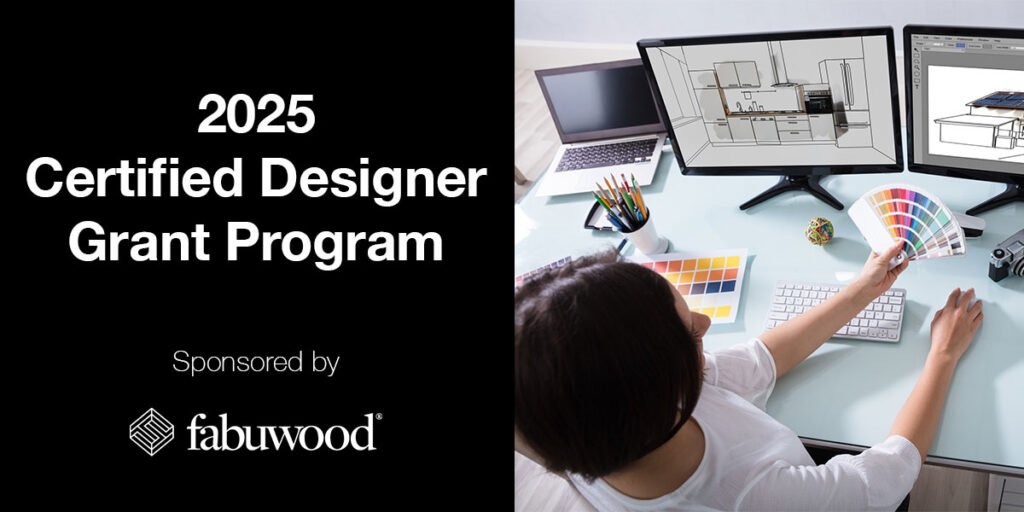Key Takeaways
- Designers report flat Q1 KBMI rating
- Two out of three KBMI components rebounded
- Reported sales grew 1.7 percent YOY
Still, challenges remain due to clients’ tightened budgets and fear of economic uncertainty.
By Elisa Fernández-Arias
Despite recording a flat Q1 KBMI rating, designers seem more optimistic about business when looking ahead. Indeed, this sentiment was in line with the overall positive shift for all market segments – designers, retailers, builders and manufacturers – coming out of the first quarter of 2023.
Designers reported a 61.6 KBMI rating, barely up from the 61.1 recorded in Q4 2022. This compares to an overall industry rating of 62.4 in Q1 2023, up from 61 the previous quarter.
Despite the lackluster overall rating, however, designers reported a major upswing in quarter-over-quarter ratings for industry Health and Future Conditions, two of the three components that make up the KBMI.
Designers rated Health at 67 for Q1 2023, a significant jump from the previous quarter’s 63, and slightly higher than the overall industry rating of 66.6. They rated Future Conditions at 67.6 for Q1 2023, an even bigger increase from the 58 reported in Q4 2022, and only slightly lower than the overall industry rating of 68. As for Current Conditions, designers reported a rating of 57, a drop from the previous quarter’s 61, and lower than the overall industry rating of 59.
Sales Slow, but Projects Pacing Ahead
Designers reported that sales grew 1.7 percent in Q1 2023, similar to the 1.8 percent gain across all segments. Nevertheless, this was a drop from the year-over-year sales growth of 6.2 percent in Q4 2022 and 2.4 percent in Q3 2022.
Despite the sales slowdown, designers reported that projects were moving forward without delay and pacing better than in Q4 2022. About 70 percent of designers reported canceled or postponed projects in Q1 2023, down from 80 percent in Q4 2022. The canceled or postponed projects were due to economic uncertainty, according to 45 percent of designers. Designers also noted that their affluent clients were still moving forward with work – softening the financial impact of cancellations and postponements.
As for project size, 46 percent of designers said the average Q1 2023 project measured the same quarter-over-quarter. They reported that consumers were hesitant to expand the scope of kitchen and bath projects in a high-inflation, high-interest rate environment.
Around 56 percent of designers reported that backlogs were about the same on a quarter-over-quarter basis, a 12-percentage point increase from designers who reported that backlogs were about the same quarter-over-quarter in Q4 2022. In addition, designers said the demand for kitchen and bath design services has relatively stabilized in Q1 2023 compared to Q4 2022.
Lead Growth, but Budget Challenges
‘New lead’ volume increased in Q1 2023, according to 37 percent of designers, a healthy increase from the 23 percent who reported the same in Q4 2022. This uptick in project demand was stronger than anticipated, however, 43 percent of designers expect ‘new lead’ volume growth to remain flat in Q2 2023.
Designers also reported selecting brands based on cost as opposed to brand preference or aesthetics. In addition, 75 percent of designers said they continued to substitute brands for sinks, followed by mirrors (71 percent), shower units (69 percent), refrigerators (63 percent), faucets (58 percent) and lighting (58 percent). Designers noted that they were selecting brands based on cost-to-consumer since consumer budgets are tight, and lesser-known brands offer more affordable solutions.
Additionally, designers reported opting for lower-price products and materials to help clients stay within budget. Other strategies that helped: providing clients with factory-made instead of custom-made options, and offering products that were aesthetically similar but of lesser quality than their luxury counterparts.
About the KBMI
The KBMI report is conducted quarterly by NKBA and John Burns Research and Consulting to examine the overall state of the K&B industry, current conditions and challenges as well as future expectations. The Q1 2023 survey netted over 800 responses from NKBA members in four main industry segments — retailers, designers, builders and manufacturers.
To download the full report, click here.























